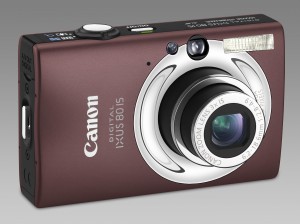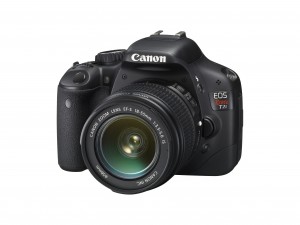I’m a firm believer in the power of choice. Choice in cars, choice in cable providers, choice in which movies I watch, and choice in how I live my life. Freedom of choice is in our constitution and charter of rights. I’m also a firm believer in keeping things simple, and there is such a thing as too much choice. Take digital cameras for instance. As of today, Amazon has 3,859 digital cameras (and accessories) listed ranging in price from $24,995.00 all the way down to $40.99. That’s not choice, that’s a frackin’ nightmare!
Well, were do we go from here? I did promise a SIMPLE guide to digital camera buying, and I meant it. Let’s apply the 90{8b9ac3071aeb4436540358993aebb95605d2993e9913834c3af277ac21bd1460} rule from one of my favorite old science fiction writers Theodore Sturgeon. Theo said (and I loosely quote): “90{8b9ac3071aeb4436540358993aebb95605d2993e9913834c3af277ac21bd1460} of everything is crap”. With that in mind, let’s eliminate all the crap. Let’s only look at the top cameras from whatever category / budget were interested in. In other words, as your reading any camera reviews, don’t bother with a camera if it doesn’t receive at least a 4 or a 5 star review.
Next, draw up a short list of the most important features for you. Here’s a few to choose from :
– megapixels (at least 5 or 6)
– image sensor size (bigger is better . . . not megapixels, that’s different . . . if the salesperson can’t answer this, find another salesperson)
– zoom lens (anything more than 12x or 70mm and you’ll probably need a SLR)
– LCD screen (at least 2.5 inches and 230,000 pixels)
– image stabilization (great for shaking hands and slow ISO settings)
– face detection / auto focus ( not essential, but could save a few bad pictures)
– battery performance (most cameras give a rating based on number of pictures you can take with one set of batteries)
– flash recharge time (slow recharge times can result in missed pictures)
– size (choose from ultra compact, compact, or extra case need just for lenses)
– SLR or point and shoot ( pros vs amateurs)
– ISO settings (if your into manual tweaking)
– built in camera editing (things like removing red eye)
– macro lens function ( for photographers that like to take pictures of really really tiny things)
– memory cards (some take CF, some take SD, some take both . . . what you already own may help you decide)
Once you have your short list of features, it’s time to try a few cameras out. I like to visit the camera store, and take lots of pictures. Go during the off hours, and find a helpful salesperson. Ask question, take pictures, ask more questions. Wash rinse repeat with a couple of cameras, and even a couple of salespersons if necessary. Pretty soon, you’ll know what you like.






